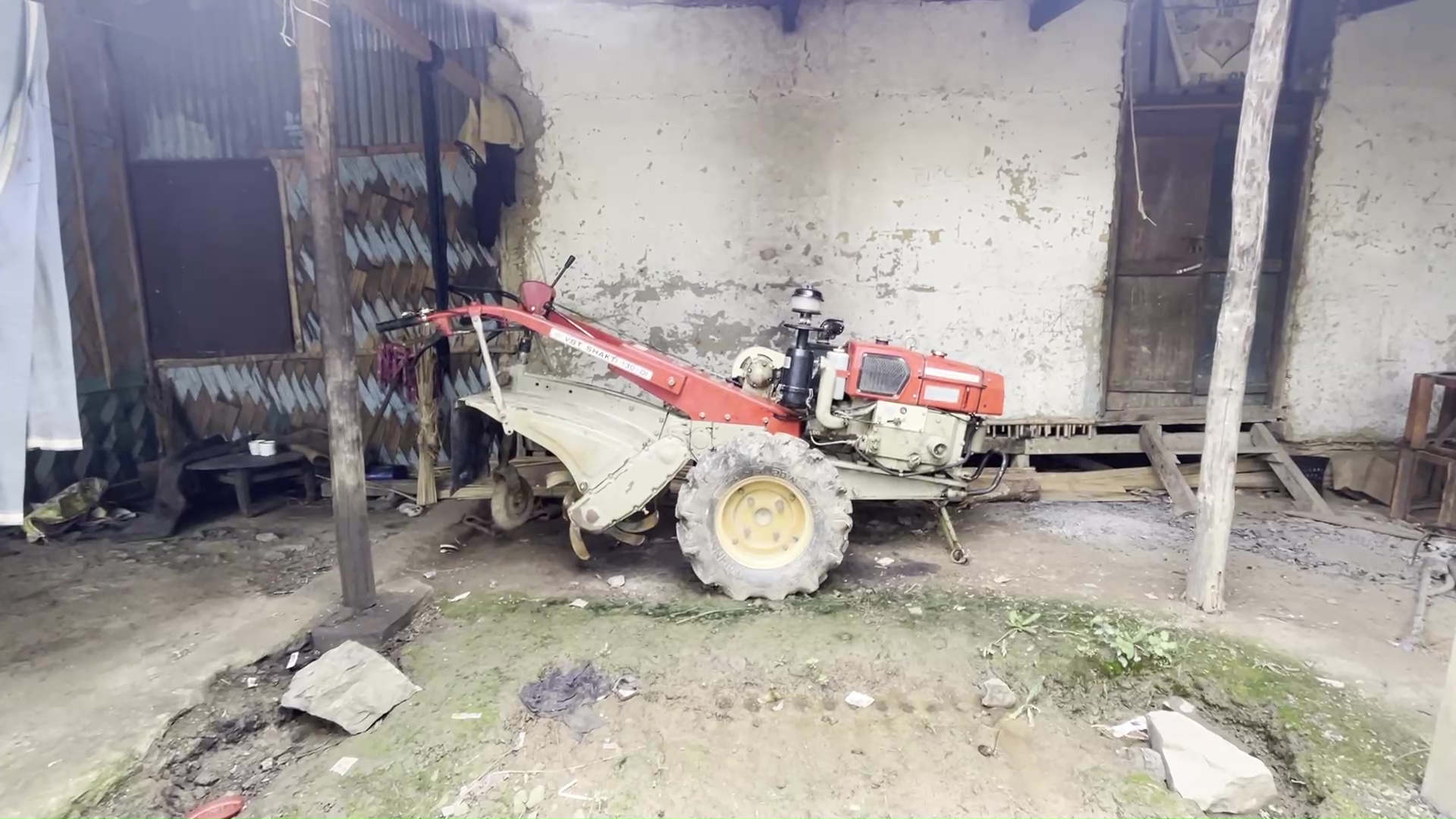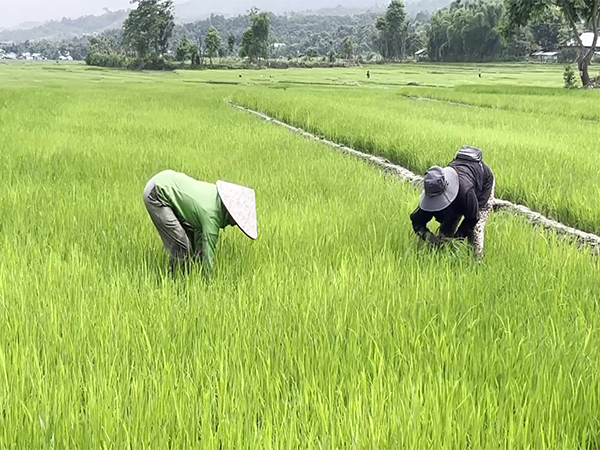Churachandpur (Manipur) [India], August 12 (ANI): The barren paddy fields stretching between the valley and the hills of Manipur stand as silent witnesses to the deep scars left by the ethnic violence that erupted on May 3, 2023.
Once a shared space where both Kuki and Meitei farmers cultivated paddy side by side, these fields now lie abandoned. The miles-long buffer zone, carved out in the aftermath of the conflict, has turned fertile farmland into no-man’s land, off-limits due to constant security fears. In Chingphei village, Ngulsang, a farmer, like many others in the region, is living in quiet distress. For over two years, he has been unable to return to his land, his source of livelihood lost to a conflict that refuses to fade.
Ngulsang said, “Most of the villagers used to depend on cultivation for their food and livelihood. But due to the ongoing clashes, life has become complicated. Our primary source of income, agriculture, has been severely affected. We are no longer able to cultivate the entire area. Personally, my own source of income has greatly reduced, and it is becoming very difficult to survive.”
In Manipur, rice cultivation is more than just agriculture; it’s a way of life. As the state’s staple food, rice is grown by nearly 2.3 lakh farmers across approximately 1.95 lakh hectares of land. The vast majority of these cultivators are marginal farmers, working on small plots that sustain their families and communities. However, since the outbreak of ethnic violence, Manipur’s agricultural heartbeat has been disrupted. The ongoing conflict has severely impacted farm productivity, leading to significant economic losses across the state.
The worst-hit areas lie along the sensitive foothill regions connecting Kangpokpi with Imphal East and Imphal West, as well as Churachandpur with Bishnupur. In these fertile yet now-fractured zones, fields that once flourished with paddy now lie uncultivated, victims of fear, displacement, and deepening divides.
Laltinmang Doungel, District Agriculture Officer, Churachandpur, said, “Churachandpur district covers a vast area, as it shares borders with two districts, Bishnupur and Kakching. The main areas it covers include Kangvai block, Samulamlan, and Sangaikot. Most of the paddy fields in Churachandpur are located in these regions. However, a large portion of land remains uncultivated, posing a challenge for farmers.”
The futility of violence is etched into these barren fields. When farms are destroyed, it’s not just crops that vanish; it’s food, livelihoods, and the fragile hope for peace. For Manipur’s paddy farmers, the land is more than soil; it’s survival, identity, and dignity. The longer it lies abandoned, the deeper the divide grows.
Rebuilding won’t come through conflict, but through dialogue, protection, and support. Only then can farmers return to their fields and reclaim their harvests and their future. (ANI)
Disclaimer: This story is auto-generated from a syndicated feed of ANI; only the image & headline may have been reworked by News Services Division of World News Network Inc Ltd and Palghar News and Pune News and World News
HINDI, MARATHI, GUJARATI, TAMIL, TELUGU, BENGALI, KANNADA, ORIYA, PUNJABI, URDU, MALAYALAM
For more details and packages

















